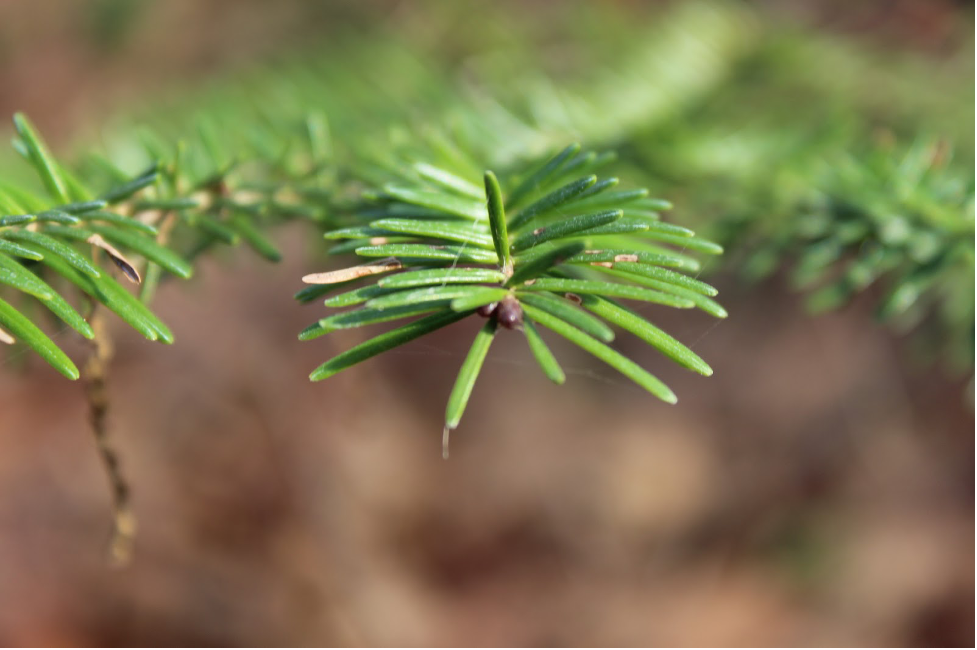November 7, 2022 - Leaf Abscission
- Hirundo Wildlife

- Nov 22, 2022
- 2 min read
Of the many trees found in Hirundo, there is an obvious difference that most people have recognized. Around this time of year, many trees have begun to drop their leaves while others hold on to them year round. These types of trees can be identified as deciduous, which lose their leaves in the fall, and coniferous, which have leaves year round. These are two adaptive strategies that have evolved differently to regulate energy efficiency.
Coniferous trees have needle-like leaves that are highly durable and able to withstand harsh elements and cold. The needles are thick, waxy, and require a lot of energy to produce. Once leaves have been grown they have an evolutionary advantage that can allow them to remain on the tree for multiple years conducting photosynthesis.

Needles of balsam fir (Abies balsamea)
Deciduous trees have fragile, thin, and delicate leaves. The production of these leaves requires much less energy but they do not remain on the tree year round. These thin broadleaves are highly effective at capturing and creating energy through photosynthesis. This is only done however in the summer months. Once the temperature begins to drop and the days get shorter, the tree recognizes that it is time to go dormant.
The shortened hours of sunlight activate a mechanism in plants known as abscission. Abscission causes cells between the petiole of the leaf and the twig to begin to divide. An abscission layer is created which will prohibit the transportation of nutrients from the stem to the leaf. The process of abscission also causes chlorophyll in leaf cells to shut down, ceasing light absorption, which is why we see such colorful foliage in the fall.

Red Oak (Quercus rubra) leaf falling at abscission layer
After deciduous leaves fall from their trees and meet the forest floor, they begin a recycling process known as decomposition. The ground is home to many different types of microbes that will consume these leaves. They do this by breaking through the cuticle and traversing the spaces between cells until they can break through the cell wall. Once inside the cell, microbes produce enzymes that will begin to break down complex compounds such as cellulose turning it into glucose which can then be decomposed.
The decomposition of leaves on the forest floor







Comments